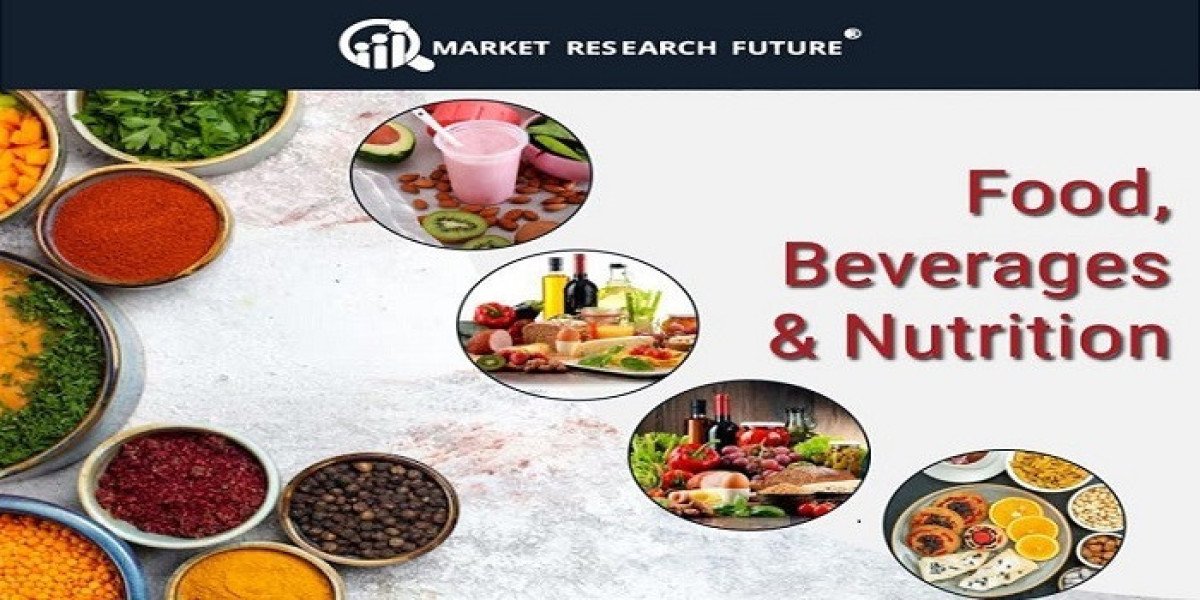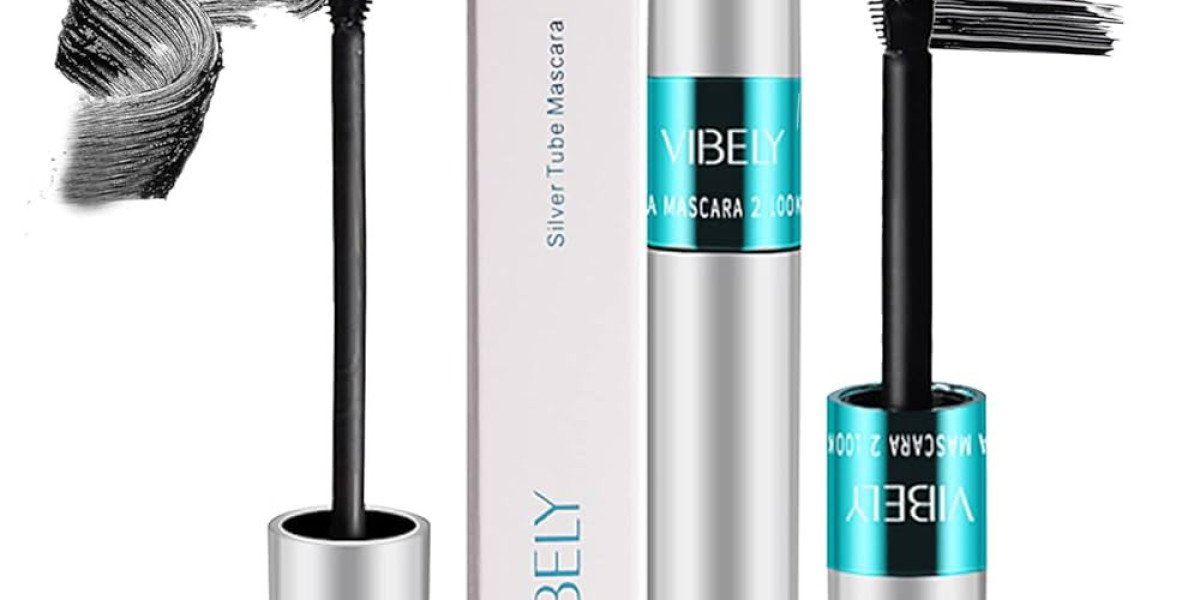As the zinc methionine chelates market expands, competition, differentiation, and strategic positioning become crucial. The MRFR report identifies multiple key players and outlines competitive dynamics—here’s how firms are differentiating, competing, and maneuvering for advantage.
Key Players & Market Roles
According to MRFR, major participants include NOVUS International, Nutrient Technology, Hunan Wens Foodstuff Group, Zinpro Corporation, SAB Biotherapeutics, Chongqing Zohar Chemical, Tanke Biosciences, Lallemand, Kemin Industries, Groupe Grimaud, BASF, Pancosma, Evonik, Alltech, among others.
Other industry reports similarly list JH Biotech, Titan Biotech, UNO VETCHEM, Balchem Inc., Chengdu Chelation Biology as active players.
These companies compete through:
R&D & formulation innovation
Regional presence & supply chain strength
Field validation, trials, and technical support
Brand / sustainability positioning
Partnerships and alliances with feed, fertilizer, or agritech firms
Strategic Differentiation Tactics
Formulation Innovation
Advanced ligand design, mixed chelates, controlled-release systems, or multi-mineral blends provide technical edge.Cost / Scale Efficiency
Backward integration, raw material sourcing, and large-scale production help reduce per-unit cost.Regional Localization
Establishing manufacturing or licensing in key growth markets reduces logistical cost and regulatory risk.Trial & Technical Services
Providing field trial data, consultative support, formulation guidelines, and back-end analytics builds customer trust.Sustainability & Brand Story
Emphasizing reduced excretion, environmental benefit, and traceability attracts premium segments or policy-sensitive customers.Allied Partnerships
Teaming with feed mills, fertilizer distributors, agritech platforms, or universities expands reach and credibility.
Competitive Landscape Challenges
Patent/IP barriers: Protecting novel chelate designs is essential but costly.
Price pressure: As more players enter, margin compression is possible.
Regulatory fragmentation: Different regions have different chelate, feed, or fertilizer rules.
Alternative technologies: Nanomaterials, encapsulation, or competing chelation methods could eat into market share.
Customer inertia: Some feed formulators or farmers resist switching from conventional zinc sources.
Market Positioning Archetypes
Premium / Performance Leader: Focus on highest efficacy, advanced ligands, and performance claims.
Value / Cost Leader: Emphasize lower price per effective dose, for cost-sensitive markets.
Sustainable / Eco Brand: Highlight environmental credentials, reduced waste, and traceability.
Integrated Solutions Provider: Offer crop + animal chelate lines, bundled with services, analytics, or precision dosing.
Recommendations for New Entrants & Mid-tier Players
Begin by targeting niche segments (organic livestock, aquaculture, premium feed) to build reputation.
Collaborate with research institutions or universities for credibility and trial support.
Consider white-label or licensing deals in regions where distribution is challenging.
Emphasize strong technical support, education, and customer service to reduce adoption barriers.
Monitor and plan for disruptive tech (nano, encapsulation) to adapt rapidly.
Outlook & Final Thoughts
With the zinc methionine chelates market forecast to nearly double by 2035, competitive pressure and innovation will intensify. The successful players will balance science, operations, marketing, and partnerships to stay ahead.
As feed formulators, ag input firms, and nutritional supplement players consider entering or expanding in this space, the strategic landscape is as critical as the chemistry itself. Differentiation through sustainability, proven efficacy, and customer support will set winners apart in this growing—and increasingly competitive—market.








